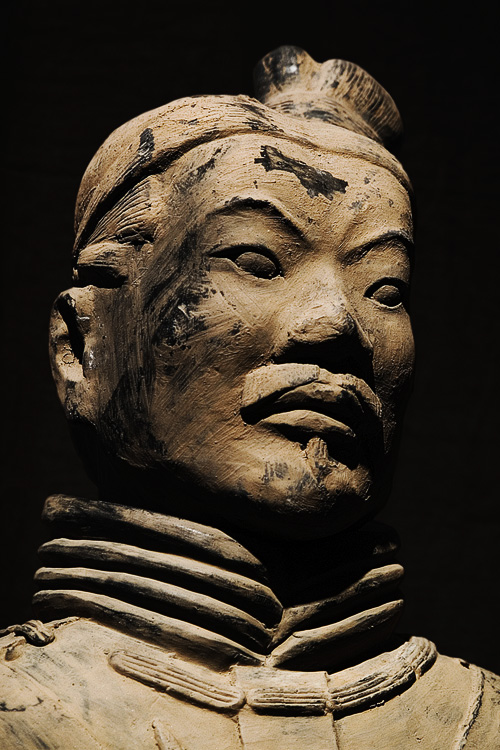Thousands and thousands of life size clay warriors stand in silent and eternal defense of the amazing tomb of the Chinese emperor Qin Shi Huang Di and is called the most spectacular archaeological find of the twentieth century. Qin Shi Huang Di began his reign in China in 221 B.C. at the age of thirteen.




One pit alone contains an estimated 6,000 of these life sized soldiers. Archeologists are still working at excavating the site and have yet to determine exactly how large the number of these figures will grow. It is a truly amazing sight considering the fact that only one percent of the tomb has been unearthed.

Not all the jewels and treasures buried with the emperor have been found. According to archaeologists who are familiar with the tomb, some of the treasures in the tomb are guarded by devices that are triggered to release a deadly volley of arrows at any intruder who would dare to approach. It is believed that the workmen who set up these traps were buried alive in order to be sure that the secret of the entrance way died with them.

Emperor Qin was a ruler that was full of contradictions. He was responsible for standardizing writing, language and currency, unifying China. On the other hand, he is known for his cruelty and fierce armies. In an effort to bring the Confucians in control, he burned their religious writings. When their spiritual leaders resisted, he over 460 of them put to death.

Emperor Qin once had 400 enemy soldiers buried alive in one day when he ordered their execution. A total of 200 million people died during his efforts to unify China.

Workers extract a newly discovered warrior in Pit 1 of the tomb.
Detail of armor of one of the Terra Cotta officers.












In this image. a man works to restore the armor helmet of one of the warriors.





0 comments:
Post a Comment